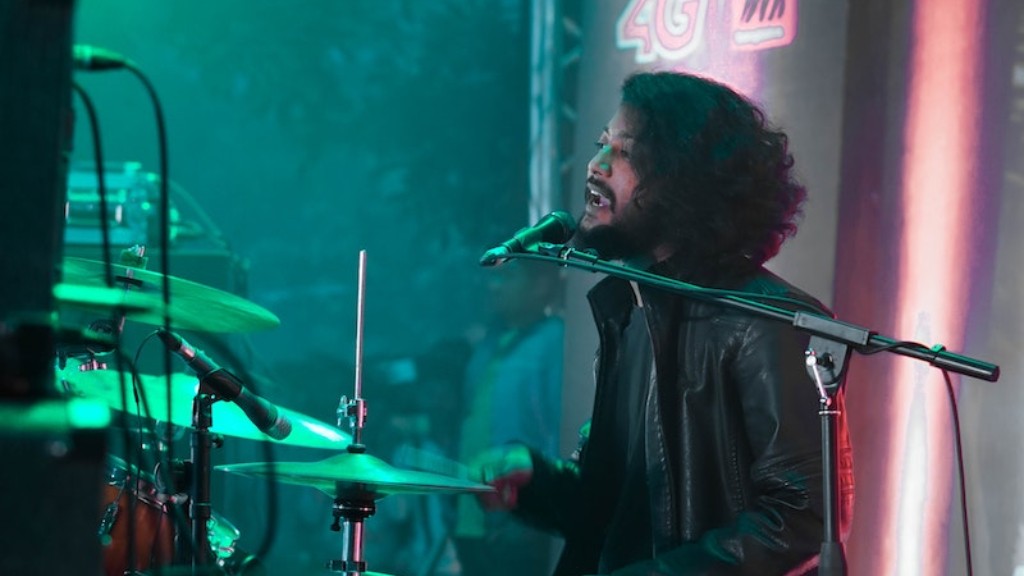Have you always wanted to learn how to draw a stunning and easy lizard? Look no further. In this article, you’ll learn how to create a truly amazing reptile, bursting with life and personality!
The great thing about drawing a lizard is that you don’t need much. A few pencils, an eraser, a piece of paper, and an imagination are the only essentials. With those simple tools, you’ll soon be creating artwork that looks like it’s straight off an illustrator’s easel.
So, let’s get started! Start with a few basic shapes to form the body of your lizard: an oval for the body, a triangle for the tail, and two rectangles for the legs. Then add a simple curved line for the head. Once you’ve got the basic frame of the lizard, it’s time to get creative. Start adding in details like spots, stripes, and scales. You can also draw on extra features like eyes, claws,webbed feet and a tongue – give your lizard whatever it needs to be unique and lifelike.
To bring your lizard to life, use bold, expressive lines to set the mood. Picture your lizard as if it were already vibrantly alive – bring out every detail with shading and define its movements with curves and depth. You can also add some artistic touches like reflections, drips, and splashes.These subtle elements will take your drawing to the next level.
Finally, take time to get creative and make your lizard unique. Think about the setting, the color of its scales, the kind of pose it’s in – make it unforgettable! Choose the perfect background for your lizard and create a scene for it to inhabit. Use color markers, paints or crayons to give it personality and life.
Now you’re ready to show off your creation! Post pictures to social media or hang your masterpiece on your wall – share it with everyone! You’re on your way to becoming an amazing artist.
Simplifying Your Design
If you’re new to drawing, you might find it difficult to put together complicated shapes and details. But don’t worry, there are a few tricks to simplify the process. First, draw only what’s necessary. All you need is the essential shapes and details to get the basic form of a lizard. From there you can add more complex details like shading and movement.
You can also break down the shapes into basic geometrical figures like squares, circles, and triangles. This will help you organize the shapes and create an organized structure for your drawing. Once you’ve got the basic shapes, it’s just a matter of connecting them together.
Using Reference Images
Sometimes it can be hard to come up with ideas on how to draw. In this case, you can use reference images as a starting point. Find pictures of the specific kind of lizard you want to draw and observe how it looks. This will help you identify the basic structure of the lizard and the details that make it unique. Look for patterns, shapes and texture and use them as a reference for your own lizard.
Outlining Your Lizard
Once you’ve got the basic structure in place it’s time to start outlining. Depending on what type of lizard you’re drawing, choose between fine, medium or thick lines to define the shape and create movement. Thicker lines will create a feeling of weight and movement, while thinner lines will make it look more delicate and detailed.
Adding Shading and Details
Now it’s time to give your lizard character. Use shading to define the light source and add texture to the body and scales. You can even use the same visualization techniques used for drawing human anatomy, like cross hatching and stippling. This will give your lizard an extra layer of detail.
Once you’re happy with the shading, it’s time to add special features like claws, webbed feet and a tail. Keep in mind that the more details you add, the more lifelike your drawing will look.
